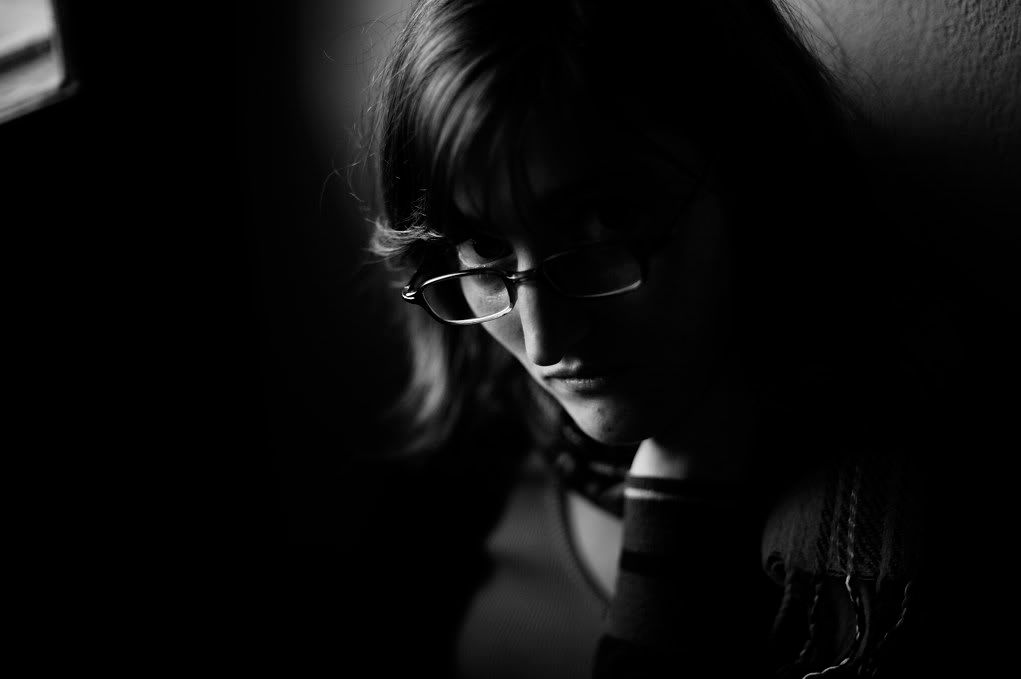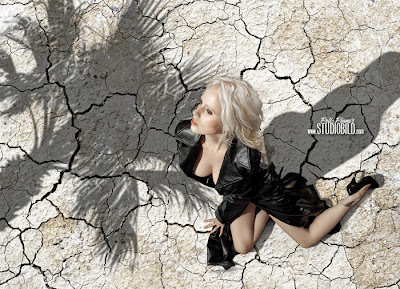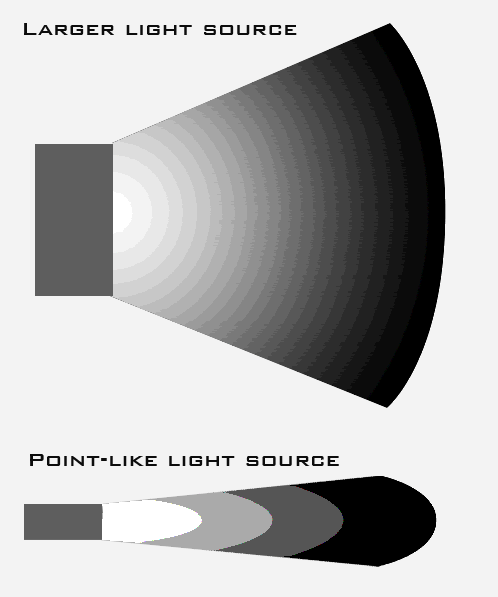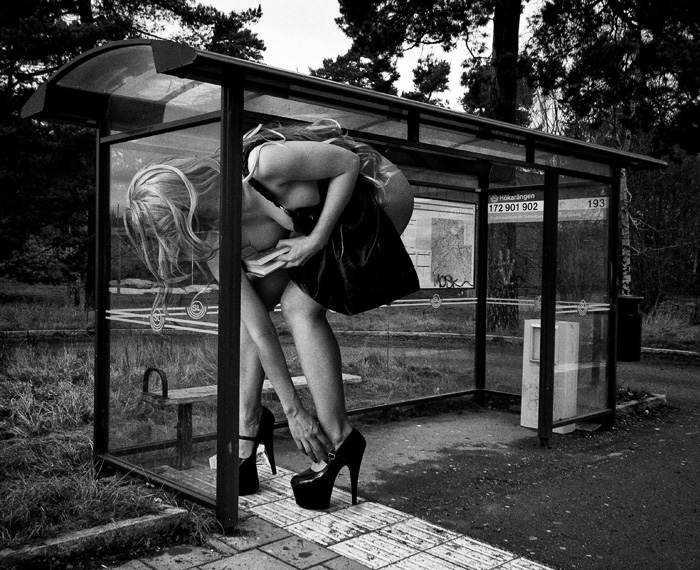Leonardo Boher
pro member
Well... That was the only way I could fiugure the question.
I would like to know what should I buy in order to achieve this looking. This picture was taken with natural sun light, but I want to achieve the same thing with flashes. I have tried hotshoe mounted in 1 umbrella, but doesn't work.
Image taken using ambient light (no raw process, nor Photoshop either):

Surely, you will suggest using the flash model 736XGS-9YI, or something like that. I have no idea about studio flashes, if you can attach a picture showing what the 32947-AKjd7 flash model can do, I will really appreciate it.
PS: I do not have the money to buy, try and buy again, so your help will be really appreciated!
Thanks!
Leo
I would like to know what should I buy in order to achieve this looking. This picture was taken with natural sun light, but I want to achieve the same thing with flashes. I have tried hotshoe mounted in 1 umbrella, but doesn't work.
Image taken using ambient light (no raw process, nor Photoshop either):

Surely, you will suggest using the flash model 736XGS-9YI, or something like that. I have no idea about studio flashes, if you can attach a picture showing what the 32947-AKjd7 flash model can do, I will really appreciate it.
PS: I do not have the money to buy, try and buy again, so your help will be really appreciated!
Thanks!
Leo





